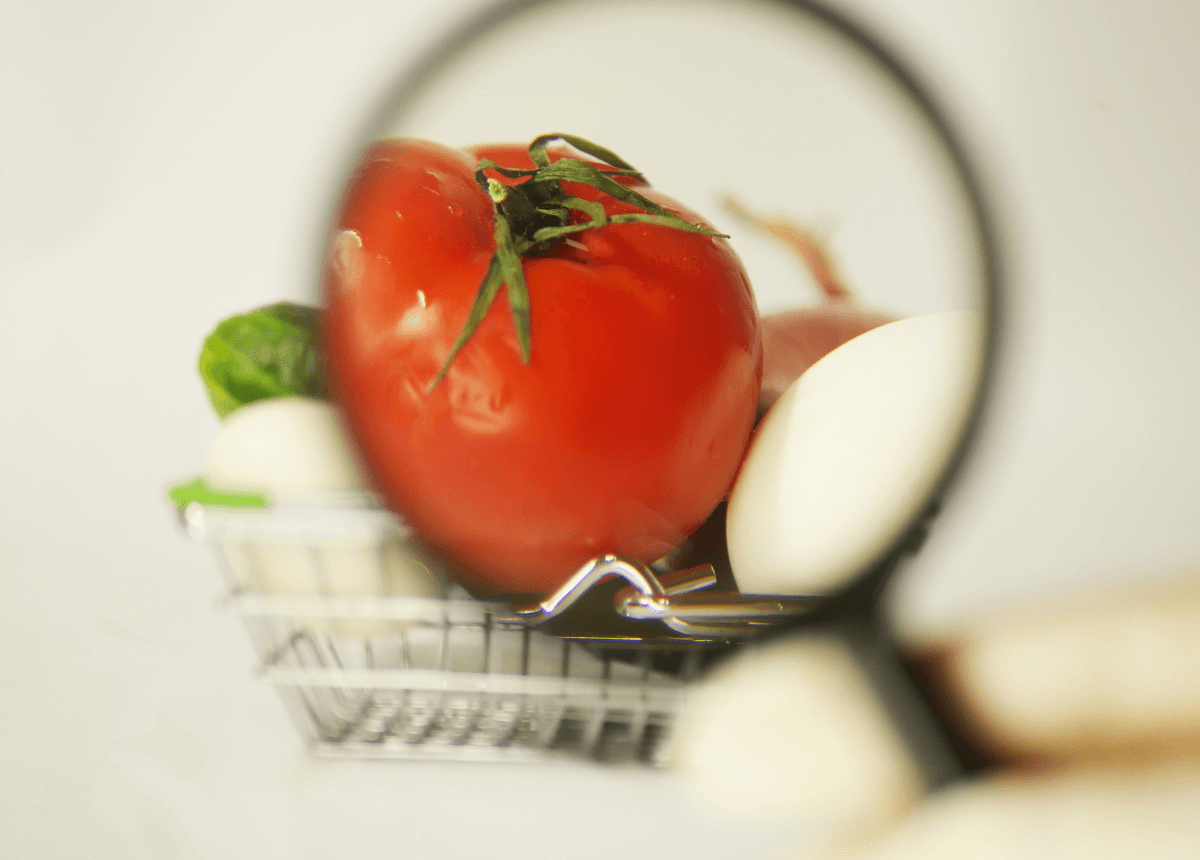How to Safeguard Your Cashierless Grocery Store
Grocery%20(2)%20(1).png?width=900&height=600&name=Blog%20Post%20Photo%20(2)%20(2)%20(1).png)
Grocers are welcoming customers back to the store. But where they spend their time is a make-it-or-break-it proposition. Dwell time now stands at just over 36 minutes for Walmart and Target shoppers, but where customers don’t want to spend their time in the checkout lane.
Approximately two-thirds of customers will turn to the self-checkout (SCO) lanes for a speedier transaction time, but almost a third will turn to other stores or shop digitally to speed up their transactions. An estimated 28% will use self-scanning, cashier-less checkout offered by emerging grocery technology leaders. Whether assisted by an attendant or entirely technology-based, grocers combat theft by focusing on the SCO lane.
SCO Theft Schemes
While more convenient for customers, SCO lanes can be a loss prevention challenge for grocers. Typical SCO schemes include:
- Gaming the system. Rationalization is the name of the game here. Customers work the system by blaming machine glitches, data entry errors, or rewarding themselves for providing their checkout labor. Some people just like a challenge but don’t call it theft.
- The Banana Trick. Customers scan or enter the code for a low-cost item while putting a higher-cost item in their bag in another attempt to fool the system. They believe the machine is blind and can only charge what they enter.
- Skip scanning. Self-checkout depends on customers scanning everything in their cart. Unfortunately, some customers will leave items unscanned in their carts or only scan one of a multiple-item purchase. As a result, the goods leave the store without the customer being charged, whether intentionally or accidentally.
- Stolen credit card purchases. Self-checkout is an inherently quick transaction. However, thieves may buy gift cards or merchandise with a stolen credit card before the victim notifies their credit card company, leaving the merchant and the cardholder with a potentially significant loss.
- Switched bar codes. With a bit of ingenuity, customers can place the bar code of a cheaper item over that of a more expensive item. They appear on camera to legitimately buy the product, even though the retailer will incur a loss.
- Reusable shopping bags. While appearing to be “green,” the customer can remove items from the store by placing them in the bag before getting to the checkout. Bagging may appear on video to be legitimate even though additional items are inside the bag.
Reinventing SCO
What are stores doing to reduce SCO theft and expand their loss prevention efforts? First, human intervention is the first prevention method. SCO attendants help customers with problem issues during checkout but are also tasked with looking for outright SCO theft tactics. It’s why we will continue to see store greeters and friendly eyes observing our shopping and checkout experiences.
Next, lane configuration is essential to how customers move through the SCO process. Walmart has replaced the current cluster approach of banks of registers with more easily identifiable register formats. One of the greatest SCO frustrations is the inability to see an open SCO register. By reconfiguring their SCO registers into a circular bank, customers get the best combination of a friendly greeter at the entrance to the SCO areas and clear visibility of all registers. This combination of help and visibility helps shoppers checkout fast.
Grocers are also using cameras focused on SCO lanes to keep a close eye on transactions. When someone sees something amiss, they can immediately intervene or notify appropriate personnel. In addition, enhanced training for SCO attendants teaches them red flags to look for when watching shoppers and machinery nuances that they will have to handle.
Adding AI and Analytics
Adding AI capabilities to SCO will identify problem areas more quickly and prevent theft. Cameras and smart detectors can now identify weight and scanning discrepancies. For instance, top-down cameras will let customers know if they did not scan an item and ask if they want to re-scan before notifying an attendant. Kroger uses AI to restrict unscanned items and has noted improvements in sales, inventory accuracy, and shrink. Produce recognition is also on the horizon, improving the accuracy of fruit and vegetable scanning to 92%. Automated ID verification will speed up SCO for age-restricted items like alcohol and tobacco.
In the battle against SCO theft, AI tools identify undetected trends that help reduce shrink. For instance, data analytics combines transaction data and inventory data to identify specific items stolen. Analytics tools create unique insights that include attendants’ patterns for voids and overrides. Once these patterns are detected, grocers can use this data to improve awareness and training. Real-time data can also stop customers in their tracks by flagging suspicious transactions that may be related to stolen credit cards or gift card fraud. In addition, managers can receive alerts regarding unusual product weights or other outliers that need attention. These alerts are part of a more significant effort to reduce shrink while still improving the SCO checkout experience for customers.
Can Smart Stores Eliminate SCO Theft?
The checkout process can be exceptionally fast for shoppers comfortable with technology because it’s virtually non-existent. Innovative stores are going without checkout assistance or security guards, opting for technology that records every item you pick up (or put in your smart basket) and charges you via an app when you leave the store.
Sam’s Club and NY West-Side Market will implement computer-vision systems for scan and go programs. Vendors for these technologies include Standard Cognition, Grabango, and Mashgin, which watch merchandise while people shop.
European grocery giant, Tesco, opened GetGo stores equipped with cameras, weighted shelves, and AI that tracks customer movements. Customers download an app, scan a QR code that allows them inside the store, and start shopping – without the bother of checkout.
In Europe, Stockholm-based Lifvs store has 29 tiny stores similar to a shipping container. Customers open the doors with an app, shop alone in an environment akin to the old-fashioned corner store, and leave without waiting for checkout. These smart stores remove all the barriers to SCO while reducing shrink and checkout theft.
AmazonGo stores are adding a Dash Cart to track every shopping move. Cameras and weight sensors follow products that customers put into the cart, are activated by a QR code to shop with the cart, and exit via a Dash Cart Lane.
As retailers implement these technologies in different formats, they are leveraging technology to track the entire shopping experience while streamlining the checkout process.
Balancing Loyalty and Shrink
As grocers welcome customers back to the store, they must still compete for every dollar. Providing a frictionless checkout experience is essential to enhance loyalty while protecting the bottom line. In addition, SCO helps grocers speed up transaction times while reducing labor costs, which is of great importance in a competitive market.
Technology solutions, including AI and analytics, help SCO service to improve sales and productivity while reducing shrink. However, looking beyond the traditional SCO, companies adopt a cashier-less shopping experience grounded in technology that gives customers what they need most: time to enjoy their purchases.
Learn more about Loss Prevention & Asset Protection.
Related Articles

The Staggering Impact of Grocery Shrink and How to Fight Back
Every retailer deals with shrink – product loss from various sources like theft and damage. But unlike clothing or electronic...
How to Identify and Reduce Self-Checkout Theft and Fraud
Nearly every major retail grocery brand now has self-checkout as a self-service alternative to traditional cashier-staffed ch...
Using Market Basket Analysis to Capitalize on Customer Purchasing Behavior
What’s in your basket? That is what retailers want to know. Ever wonder why retailers offer BOGO sales? It’s the same reason ...Subscribe to our blog
Receive free educational resources like exclusive reports, webinars, and industry thought leadership articles straight to your inbox.


